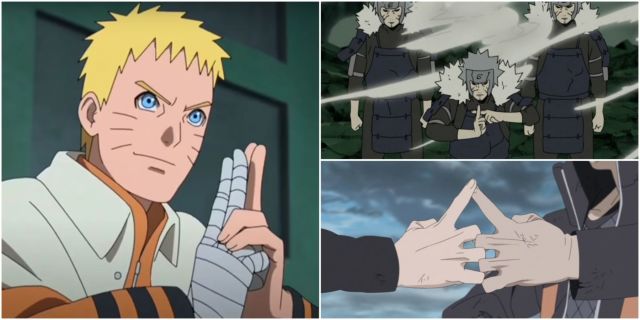Highlights
- Hand seals in Naruto are rooted in Eastern mythologies like Buddhism, Hinduism, and Taoism, crucial for casting jutsu.
- The concept of hand seals, named after the Chinese Zodiac, have deep ties to practices like meditation and prayer.
- Mudras, hand signs used in Hinduism and Buddhism, are essential for chakra manipulation in Naruto, reflecting real-world beliefs.
Author Masashi Kishimoto is known for drawing inspiration from Eastern mythologies for his works, leading to the Naruto series being embedded with all sorts of mystical references. Most of the show’s fundamental concepts, such as Chakra and Ninjutsu, are rooted in Buddhist, Hindu, and Japanese mythos. With such extensive usage of these references, it comes as no surprise that Naruto’s iconic hand seals can also be traced back to these theologies.
Hand seals are the foundation of ninjutsu, as these signs are a prerequisite to kneading chakra and casting jutsu. While the show’s version of hand seals are a gateway to mystical powers, their real-world applications are rather subtle, albeit equally significant. Buddhism, Hinduism, and Taoism each have their own ties with this novel concept, and Naruto draws heavily from each one.
What is the Purpose of Hand Seals in Naruto?
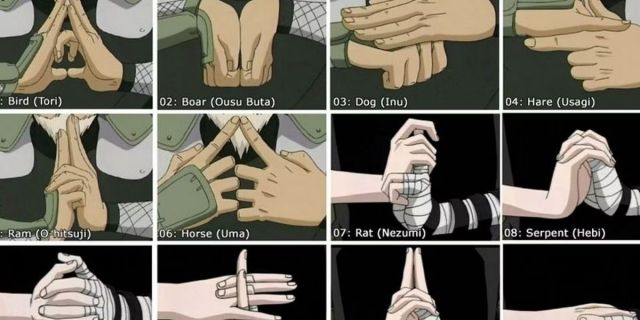
Hand seals and ninjutsu go hand in hand, as these symbols are necessary to manipulate chakra for techniques and jutsu. Indra Otsutsuki invented the concept of hand seals for shinobi to use chakra, and the concept eventually molded itself into the current system of using hand signs. Almost every other technique requires some form of hand seals, and while the number of hand signs for each jutsu differs, the hand seals themselves are predefined.
Named after the Chinese Zodiac, there are twelve hand signs in total, and the combination of these seals results in the manifestation of different techniques. These hand signs aren’t exactly tied to the Chinese Zodiac, as they have merely been named after each animal for identification. However, a few other hand signs also exist within Naruto that deviate from the basic twelve hand seals, such as the Yamanaka Clan’s Mind Body Switch Technique or the Akimichi Clan’s seal for their Multi-Size Jutsu.
The Various Mythological Inspirations Behind Hand Seals
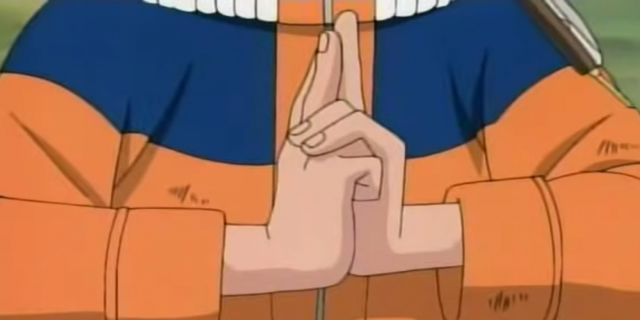
Naruto’s use of hand seals can’t be tied to one particular mythology or religion, as this concept is present all over South and East Asia. Known as “Mudra,” these hand signs are symbolic gestures that aid one’s meditation and prayer. Buddhism and Hinduism share several concepts, and Mudra are heavily used in their practice, making these two religions the primary source of this concept.
Taoism, Jainism, and branches of Japanese Buddhism utilize the concept in their practice as well, albeit with a few iterations. Another concept known as Kuji-In also runs closely with hand seals, as it directly translates to “Nine Hand Seals,” and most of its significance lies within the Japanese archipelago.
The Use Of Hand Signs in Hinduism
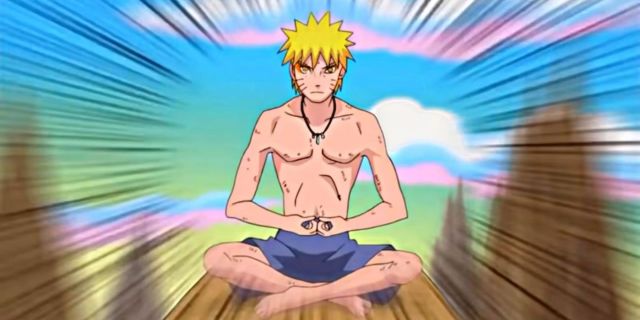
As Hinduism can be dated back to a few thousand years, many of its concepts have served as a precursor to several Eastern mythologies. Mudras or hand signs seem to have been rooted within Hindu practice as well, as the word “Mudra” itself belongs to Sanskrit, an ancient South Asian language.
Hinduism primarily uses these gestures to represent spirituality, sometimes even used as a mystical utterance. However, its applications in the religion are far and wide, as these hand signs are used in yoga, classical dances, and even as a way to ward off evil. The bottom line is that Mudra grants practitioners a way to channel spirituality, similar to the way Naruto utilizes this concept to manifest and knead chakra.
The Significance of Hand Signs in Buddhism
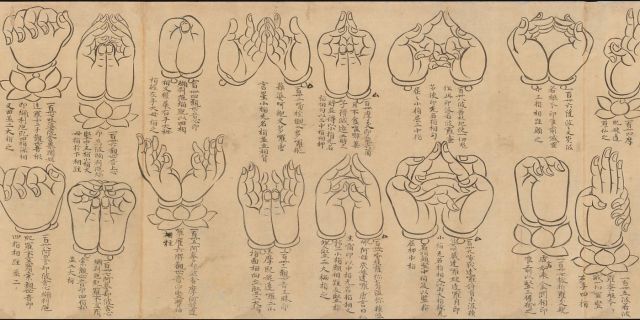
The concept of Mudra is shared between both Hinduism and Buddhism, meaning Buddhists utilize hand signs in a similar way for their practice. However, Buddhism has a few defined hand signs that represent parts of the life of Buddha himself. Today, these hand signs are used in meditation by monks, especially during ceremonies.
Most statues of Buddha can also be seen performing a mudra of some sort through either hand, representing these very principles. As Naruto draws heavily from Buddhism, it comes as no surprise that this concept has served as inspiration for the show.
Hand Signs in Japanese Religions
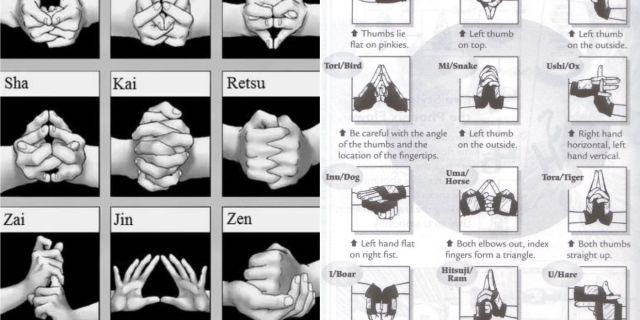
As Japan has been influenced by several religious philosophies over its existence through neighboring China, the country bears several variations of Buddhism and Taoism. One such concept that made its way to the archipelago is Kuji-In, which represents hand seals similar to Mudra. These hand signs later became acquainted with various deities, and followers would use specific seals based on the purpose of their prayer and the deity they would be praying to.
It has been recorded that ninja and samurai would use Kuji-In during their training or before a mission. Kuji-In have also been used by martial artists, a practice that stems from Taoist ideas. With these hand signs boasting a history of being used by ninja and samurai in Feudal Japan, it’s likely that Naruto’s hand signs may have been directly influenced by Kuji-In.
Naruto is available to stream on Prime Video.
